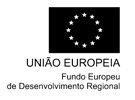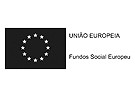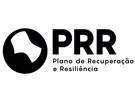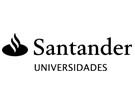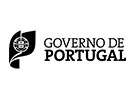



Publication in the Diário da República: Despacho nº 13772/2014 - 12/11/2014
5 ECTS; 2º Ano, 1º Semestre, 60,0 TP , Cód. 905615.
Lecturer
- José Manuel Barros Pinheiro Nogueira (1)(2)
(1) Docente Responsável
(2) Docente que lecciona
Prerequisites
Not applicable.
Objectives
Students should be able to apply financial analysis in business: the analysis of financial stability, profitability and risk.
Program
1. Introduction: object and framework of Financial Analysis
2. Instruments base of Financial Analysis :
2.1. Accountability
2.2. Documents base of Financial Analysis
2.3. Preparation of accounting documents for Financial Analysis
2.4. The method of ratios
3. Financial soundness and financial stability
4. Efficiency and profitability :
4.1. The financial cycle of exploitation
4.2. Income statement analysis
4.3. Return on invested capital
4.4. Return on equity
5. The operational and financial risk
Evaluation Methodology
Continuous evaluation:
1st Test with 30% weighting;
2nd Test with 70% weighting;
Minimum score in tests of 7 (seven) values;
The option for continuous assessment requires that all of its components be carried out.
Final grade lower than 10 (ten) points the student will be admitted to the exam.
Exam:
Written test
Bibliography
- BREALEY, R. e MYERS, S. (1995). Princípios de Finanças Empresariais. Lisboa: Mac Graw Hil
- DAMODARAN, A. (2001). Corporate Finance, theory and practice. USA: John Wiley
- MENEZES, H. (1995). Princípios de Finanças Empresariais. LISBOA: PRESENÇA
- NEVES, J. (2014). Análise e Relato Financeiro - Uma visão integrada de gestão. Lisboa: Texto Editores
Teaching Method
Lectures focusing on resolution of practical cases.
Software used in class
Excel





